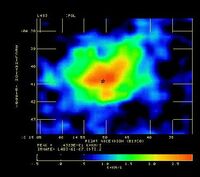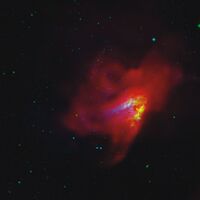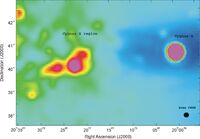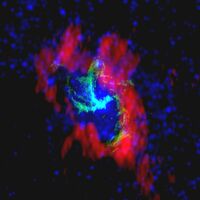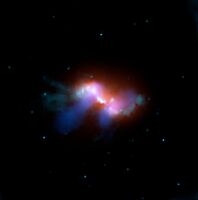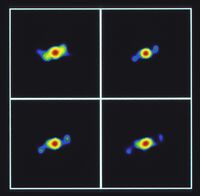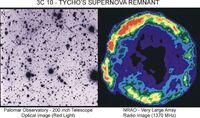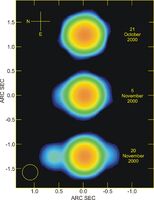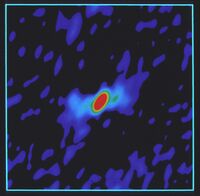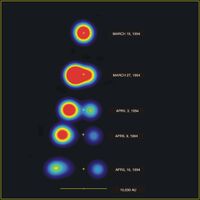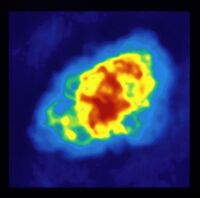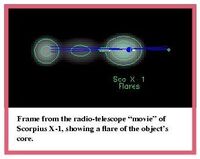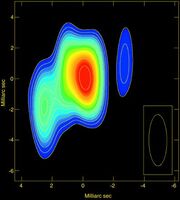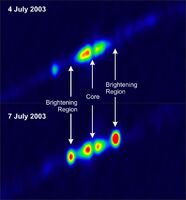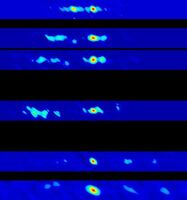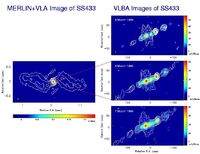Legacy Astronomical Images > Galactic Sources Series > Black Holes Unit
Description
Black Holes are objects with such high gravity that not even light can escape. These may be formed when the most massive of stars die, and their cores collapse into a superdense mass.
Collection Items
Collection Tree
- Legacy Astronomical Images
- Legacy Astronomical Images > Galactic Sources Series
- Legacy Astronomical Images > Galactic Sources Series > Black Holes Unit
- Legacy Astronomical Images > Galactic Sources Series

